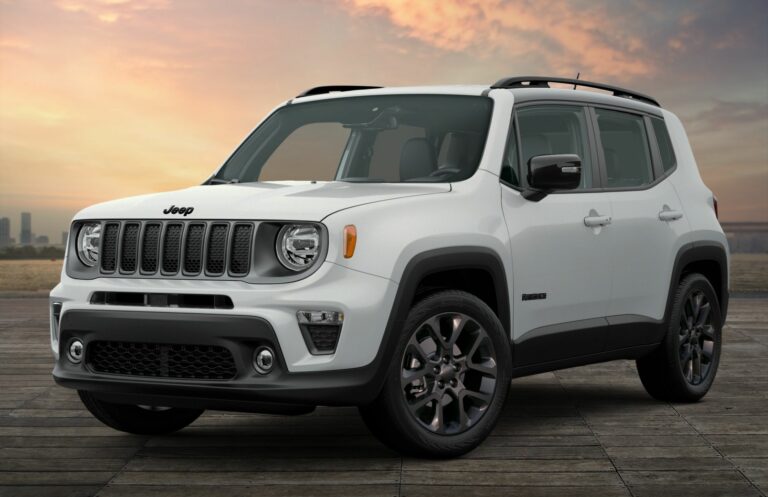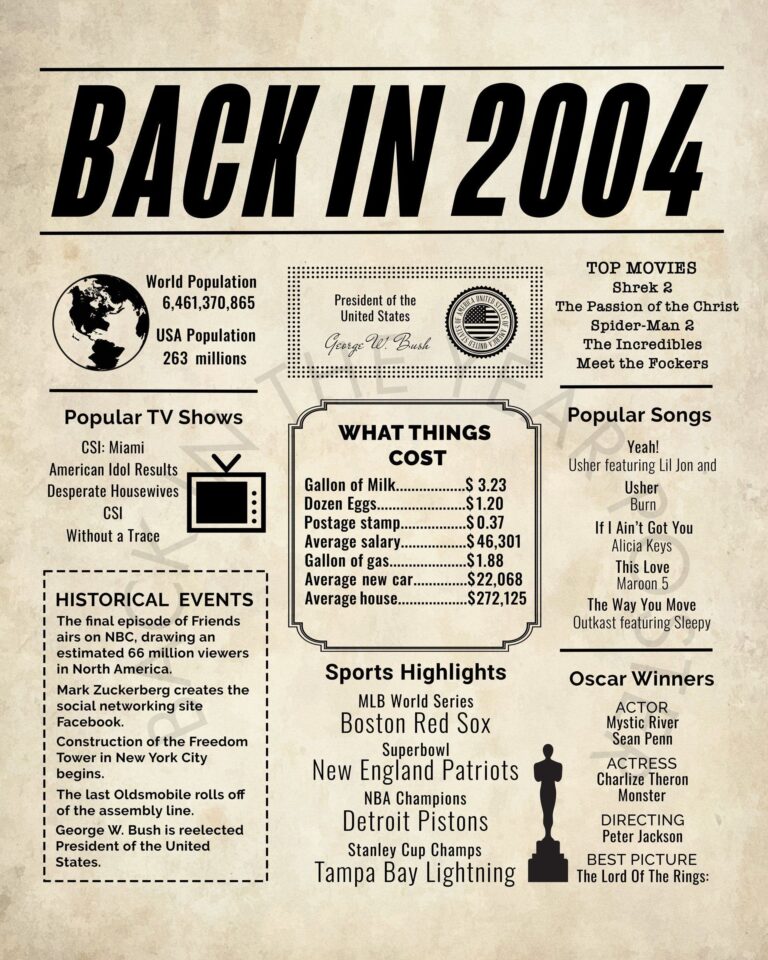Jeep CJ-6 Hardtop For Sale: Unearthing a Rare Off-Road Icon
Jeep CJ-6 Hardtop For Sale: Unearthing a Rare Off-Road Icon jeeps.truckstrend.com
In the vast and storied lineage of Jeep, certain models stand out not just for their rugged capability but for their distinct charm and rarity. Among these, the Jeep CJ-6 holds a special place, often overshadowed by its more ubiquitous siblings, the CJ-5 and CJ-7. Yet, for the discerning enthusiast or the serious collector, finding a Jeep CJ-6 Hardtop for sale represents an exciting opportunity to own a piece of automotive history that combines classic utility with enhanced practicality. This comprehensive guide will delve into what makes the CJ-6 hardtop so desirable, what to look for when buying one, and how to navigate the market to secure this unique off-road icon.
Understanding the Jeep CJ-6 Hardtop: A Legacy of Length and Utility
Jeep CJ-6 Hardtop For Sale: Unearthing a Rare Off-Road Icon
The Jeep CJ-6, produced from 1955 to 1981, was essentially a stretched version of the CJ-5, offering an additional 20 inches in wheelbase (from 81 to 101 inches). This seemingly minor extension dramatically increased interior and cargo space, making it a more versatile vehicle for carrying passengers, equipment, or even serving as a compact utility vehicle in various global markets. While many CJ-6s were sold with soft tops, the factory or aftermarket hardtop versions elevate their appeal significantly, offering superior weather protection, improved security, and a quieter cabin environment—qualities highly sought after by owners who wish to use their classic Jeep beyond fair-weather cruises.
The CJ-6 shared many components with the CJ-5, including various engine options over its long production run, ranging from the early Hurricane F-head and L-head four-cylinders to the Dauntless V6 and AMC inline-six and V8 engines in later models. Its robust ladder frame, solid axles, and leaf spring suspension ensured legendary off-road prowess, a hallmark of the CJ series. The hardtop, typically constructed from steel or fiberglass, transforms the open-air CJ experience into something more akin to a traditional enclosed vehicle, making it more practical for daily use or extended adventures.
Why Buy a CJ-6 Hardtop? The Unique Appeal
The decision to seek out a Jeep CJ-6 Hardtop for sale is often driven by a combination of factors that go beyond mere practicality:
- Rarity and Exclusivity: Compared to the tens of thousands of CJ-5s and CJ-7s produced, the CJ-6 was made in significantly smaller numbers, particularly in the domestic U.S. market. A hardtop version further narrows the field, making it a genuinely rare find and a distinctive vehicle at any car show or trail ride.
- Enhanced Practicality: The extended wheelbase provides noticeably more room behind the front seats, allowing for more comfortable rear seating or substantial cargo capacity. The hardtop itself offers protection from the elements, improved security for valuables, and reduced road noise, transforming it from a fair-weather toy into a more versatile utility vehicle.
- Robust Durability and Simple Mechanics: Like all CJs, the CJ-6 was built to be tough and easily repairable. Its straightforward mechanical design means that with proper maintenance, these vehicles can last for decades, and many repairs can be handled by a skilled amateur mechanic.
- Off-Road Heritage: Despite its longer wheelbase, the CJ-6 retains the formidable off-road capabilities of the CJ line. Its robust 4×4 system, short overhangs, and ample ground clearance make it an excellent choice for navigating challenging terrains.
- Investment Potential: As classic vehicle values continue to appreciate, well-preserved or expertly restored CJ-6 hardtops are increasingly seen as sound investments, offering both enjoyment and potential financial return.
- Customization Canvas: The simplicity of the CJ platform makes it an ideal candidate for customization, whether it’s a period-correct restoration, a restomod with modern powertrain and suspension upgrades, or a dedicated off-road beast.

Key Considerations When Searching for a CJ-6 Hardtop

Acquiring a classic vehicle like a CJ-6 hardtop requires careful consideration. Here are the critical factors to evaluate:
- Condition is Paramount: Rust is the arch-nemesis of vintage Jeeps. Thoroughly inspect the frame (especially around spring hangers and body mounts), body tubs (floorboards, wheel wells, cowl), and "hat channels" (the structural supports under the floor). Look for signs of shoddy patch jobs or hidden corrosion. Beyond rust, assess the overall mechanical health of the engine, transmission, transfer case, and axles.
- Originality vs. Modified: Decide whether you want a historically accurate, numbers-matching vehicle or a modified "driver" or "restomod." Original parts for CJ-6s can be scarce and expensive, while modified vehicles might offer improved performance and reliability but may not appeal to purists.
- Hardtop Condition: Examine the hardtop itself. Is it original factory steel, a period-correct aftermarket fiberglass unit, or a more modern reproduction? Check for cracks, delamination (on fiberglass), rust (on steel), and the integrity of windows, seals, and latches. A damaged hardtop can be costly to repair or replace.
- Documentation: Seek out vehicles with clear titles, service records, and any historical documentation that can verify the Jeep’s past and maintenance history.
- Location and Inspection: Ideally, inspect the vehicle in person. If that’s not possible, hire a reputable third-party inspection service specializing in classic cars. Factor in shipping costs if buying out of state.
- Budget Beyond Purchase Price: Remember that even a well-maintained classic Jeep will likely require ongoing maintenance, potential repairs, and possibly restoration work. Factor in costs for transportation, insurance, registration, and any immediate upgrades or fixes.

Where to Find a Jeep CJ-6 Hardtop For Sale
Finding a CJ-6 hardtop can be a treasure hunt due to its rarity. Here are common avenues:
- Online Auction Sites: Platforms like Bring a Trailer and eBay Motors frequently feature classic Jeeps, though CJ-6s are less common. Prices here can be competitive, reflecting perceived quality.
- Classic Car Marketplaces: Websites such as ClassicCars.com, Hemmings Motor News, and Autotrader Classics are excellent resources for vintage vehicle listings from dealers and private sellers.
- Specialized Jeep Forums and Clubs: Online communities dedicated to vintage Jeeps (e.g., Early CJ5.com, various Facebook groups) are fantastic places to connect with owners, learn about common issues, and find vehicles for sale through word-of-mouth.
- Local Classifieds and Auctions: Don’t overlook local options. Estate sales, specialized classic car auctions, and even local classifieds can sometimes yield hidden gems.
- Classic Car Dealerships: Some dealerships specialize in vintage 4x4s and might occasionally have a CJ-6 in their inventory, often at a premium, but potentially with pre-sale inspections or warranties.
The Buying Process: Tips for a Successful Purchase
- Do Your Homework: Research specific model years of the CJ-6 you’re interested in. Understand their quirks, common issues, and identifying features.
- Ask Questions: Don’t hesitate to ask the seller for detailed photos, videos, and a thorough history of the vehicle. Inquire about previous owners, accident history, maintenance records, and reasons for selling.
- Inspect Thoroughly: If possible, see the Jeep in person. Bring a flashlight, a magnet (to check for body filler), and a knowledgeable friend if you’re not an expert. Pay close attention to rust, leaks, and any signs of neglect.
- Test Drive: If the vehicle is running and drivable, take it for a test drive. Listen for unusual noises from the engine, transmission, transfer case, and axles. Check the brakes, steering, and suspension.
- Get a Pre-Purchase Inspection (PPI): For significant purchases, especially sight-unseen, a PPI by an independent mechanic specializing in vintage vehicles is highly recommended.
- Negotiate Wisely: Be prepared to negotiate the price based on your findings during inspection. Factor in any anticipated repair or restoration costs.
- Understand the Paperwork: Ensure the title is clear and transferable. Confirm VIN numbers match the title and the vehicle.
Restoration vs. Driver: What’s Your Goal?
Before you start your search, determine your primary goal for the CJ-6 hardtop:
- Full Restoration: Aiming for concourse quality, period-correct accuracy, and show eligibility. This is typically the most expensive and time-consuming path, often requiring professional help.
- Partial Restoration / Restomod: Focusing on a clean, reliable, and aesthetically pleasing vehicle that incorporates modern upgrades for drivability, comfort, or performance (e.g., engine swap, power steering, disc brakes). This offers a blend of classic looks with contemporary functionality.
- Daily Driver / Trail Rig: Prioritizing reliability, safety, and functionality over pristine originality. These Jeeps might have some battle scars but are mechanically sound and ready for adventure.
Jeep CJ-6 Hardtop For Sale: Representative Price Guide
The price of a Jeep CJ-6 Hardtop can vary dramatically based on its condition, originality, mechanical soundness, and the specific year/engine configuration. The hardtop itself, if original and in good condition, adds significant value. This table provides a general guide:
| Condition Category | Price Range (USD) | Key Characteristics | Considerations for Buyer |
|---|---|---|---|
| Project / Parts Vehicle | $5,000 – $12,000 | Significant rust, non-running or poor mechanical condition, incomplete, likely no hardtop. | Requires extensive restoration (bodywork, drivetrain rebuild), high cost to bring to drivable condition. For experienced restorers. |
| Driver Quality | $12,000 – $25,000 | Runs and drives, some rust, cosmetic flaws, possibly modified, hardtop may be present but rough. | Usable as is, but will need ongoing maintenance and likely a partial restoration for aesthetics/reliability. Good entry point. |
| Nicely Restored | $25,000 – $45,000 | Solid body and frame, good paint, rebuilt or strong engine/drivetrain, clean interior, good hardtop. | Ready to enjoy, but inspect for quality of restoration work. May have minor flaws or non-original components. |
| Concourse / Show Quality | $45,000 – $80,000+ | Meticulously restored to original specifications or high-end restomod, excellent paint, fully rebuilt. | Best examples, often with full documentation. Commands premium prices. Less likely to be driven off-road. |
Note: These are general estimates and can fluctuate based on market demand, location, specific year, engine, and the quality of any modifications or restoration work.
Frequently Asked Questions (FAQ)
Q1: How rare is a CJ-6 hardtop?
A1: The CJ-6 itself is relatively rare compared to the CJ-5 and CJ-7, especially in the US market. A factory or period-correct hardtop further reduces the number available, making them quite uncommon finds.
Q2: What’s the average price for a CJ-6 hardtop?
A2: As shown in the table above, prices vary significantly based on condition. A running "driver" quality CJ-6 hardtop might range from $15,000-$25,000, while a fully restored, show-quality example could easily exceed $45,000.
Q3: Are parts hard to find for a CJ-6?
A3: Many mechanical parts (engine, transmission, axles) are shared with other CJs or common AMC vehicles, making them relatively accessible. However, specific body panels, unique interior trim, or hardtop components for the CJ-6 can be very challenging to find and may require fabrication or sourcing from specialist vendors.
Q4: Can a CJ-6 be a daily driver?
A4: With proper maintenance and potentially some modern upgrades (e.g., power steering, disc brakes, better suspension, a more modern engine), a CJ-6 can be a reliable daily driver. However, its classic nature means it won’t offer the comfort or safety features of a modern vehicle.
Q5: What are common rust areas on a CJ-6?
A5: Like most vintage Jeeps, common rust areas include the frame (especially where body mounts and leaf spring hangers attach), floorboards, rear wheel wells, cowl area, and the "hat channels" under the body tub. Also check around the windshield frame and the bottom edges of the hardtop.
Q6: What’s the difference between a CJ-5 and a CJ-6?
A6: The primary difference is the wheelbase. The CJ-6 has a 101-inch wheelbase, 20 inches longer than the CJ-5’s 81-inch wheelbase. This translates to more interior room for passengers or cargo in the CJ-6.
Q7: Should I buy an original or modified CJ-6?
A7: This depends on your goals. An original, numbers-matching CJ-6 will appeal more to collectors and purists, potentially holding higher value. A modified CJ-6 (restomod) might offer a better driving experience, more power, and modern amenities, making it more practical for regular use, but its value might be tied more to the quality of modifications than historical accuracy.
Conclusion
The Jeep CJ-6 Hardtop for sale represents more than just a classic 4×4; it’s a statement of individuality and a nod to a bygone era of rugged utility. Its rarity, coupled with the practical advantages of a hardtop and the inherent capabilities of the CJ platform, makes it a highly sought-after vehicle for collectors, off-road enthusiasts, and anyone looking for a unique and capable vintage ride. While finding one may require patience and a keen eye, the reward of owning and preserving this distinctive piece of Jeep history is immeasurable. Whether destined for a meticulous restoration, a capable trail rig, or a charming weekend cruiser, the CJ-6 hardtop promises an authentic and engaging driving experience that few other vehicles can match.




